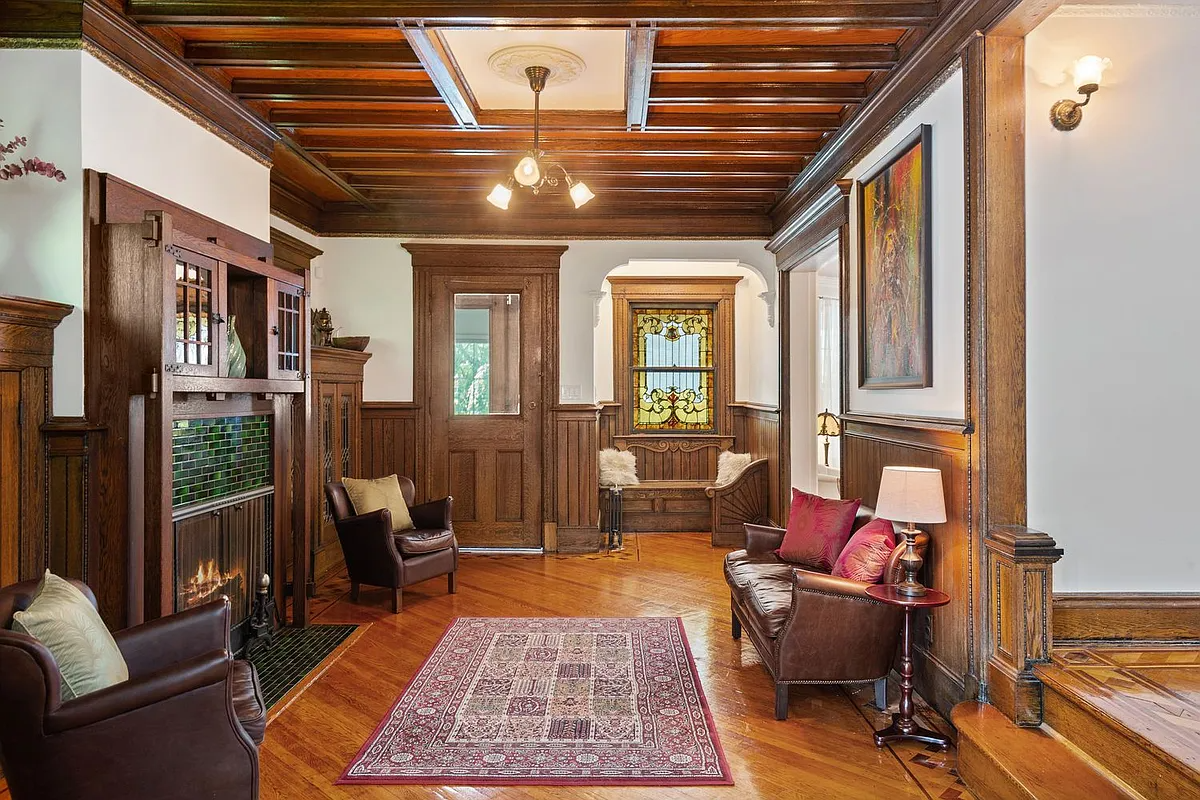Building of the Day: Soldier's & Sailor's Monument
The BOTD is a no-frills look at interesting structures of all types and from all neighborhoods. There will be old, new, important, forgotten, public, private, good and bad. Whatever strikes our fancy. We hope you enjoy. Address: Grand Army Plaza Name: Soldier’s and Sailor’s Monument: the Arch Neighborhood: Park Slope Year Built: 1889-92, basic arch,…


The BOTD is a no-frills look at interesting structures of all types and from all neighborhoods. There will be old, new, important, forgotten, public, private, good and bad. Whatever strikes our fancy. We hope you enjoy.
Address: Grand Army Plaza
Name: Soldier’s and Sailor’s Monument: the Arch
Neighborhood: Park Slope
Year Built: 1889-92, basic arch, 1894-1901 present version
Architectural Style: Textbook Neo-Classical
Architects: John Duncan (1889-92 version) McKim, Mead & White (1894-1901)
Landmarked: Yes
Why chosen: In 1889, influential Brooklynite Seth Low sponsored a competition for something special honoring the Union dead in the elliptical entrance to Prospect Park. Winner John Duncan, who would later design Grant’s Tomb, designed an 80’x80′ granite arch. It was dedicated in 1892, and was very plain, unadorned, and unpopular. In an attempt to beautify the entrance, Parks Commissioner George Brower hired McKim, Mead & White to design the rest of the entrance to the park. In 1894, Stanford White and sculptor Frederick MacMonnies started on the arch. White added shelves to support statues, and bronze relief panels were placed on the inner walls depicting Lincoln and Grant. MacMonnies carved more reliefs in the spandrels, but it is his three groups of bronze sculptures on the arch itself that make this one of America’s finest works of public art. The sculptures on the piers of the arch are called The Army: Genius of Patriotism Urging American Soldiers on to Victory, and The Navy: American Sailors boarding a Vessel at Sea Urged on by the Genius of Patriotism. The most famous and visible work is on top of the arch, and is called The Triumphal Progress of Columbia. This composition is called a quadria, because the figure of Columbia, holding the Great Seal of the United States, is in a chariot pulled by four horses, accompanied by two trumpeting angels. It was installed in 1898. The Army and Navy groups were dedicated in 1901. In 1976, Columbia fell out of the chariot, crashing to the ground. The sculptures and the rest of the arch were restored in 1980, and again in 2000. Today, even though most of the symbolism is now forgotten, the Arch is still one of the most impressive sights in the entire city, and the crown jewel of Brooklyn.







They also say that if you lean on a certain lamp post and look through the arch, you can see the Empire State Building perfectly framed. “They” being the Fifth Avenue diner, and this website: http://brooklynmirador.com/
quadria -> quadriga
lol!
Ditto, the turtle that holds up the world was listing that day. So too was my camera.
The four horse chariot is one of only two in the US – the other being on the Minnesota State Capitol.
Source: Francis Morrone walking tour
I didn’t realize it had such a pronounced list
when I first saw the arch in 1979, the chariot was empty and the horses were leaning over and broken. It was an appropriate symbol for Brooklyn and all of NYC at that time. How did we let ourselves go so far down? Did we really think the City was doomed and best abandoned?
Beginning in 1980, as you point out, the quadriga was restored, and the roof of the arch repaired, little by little Prospect Park was fixed up, though no one from “this side” would go to “that side” for many years to come.
The good old days, -good riddance!
Good stuff, Montrose.
http://wanderingbrooklyn.wordpress.com/2010/09/20/greenwood-cemetery-and-the-soda-fountain-king/